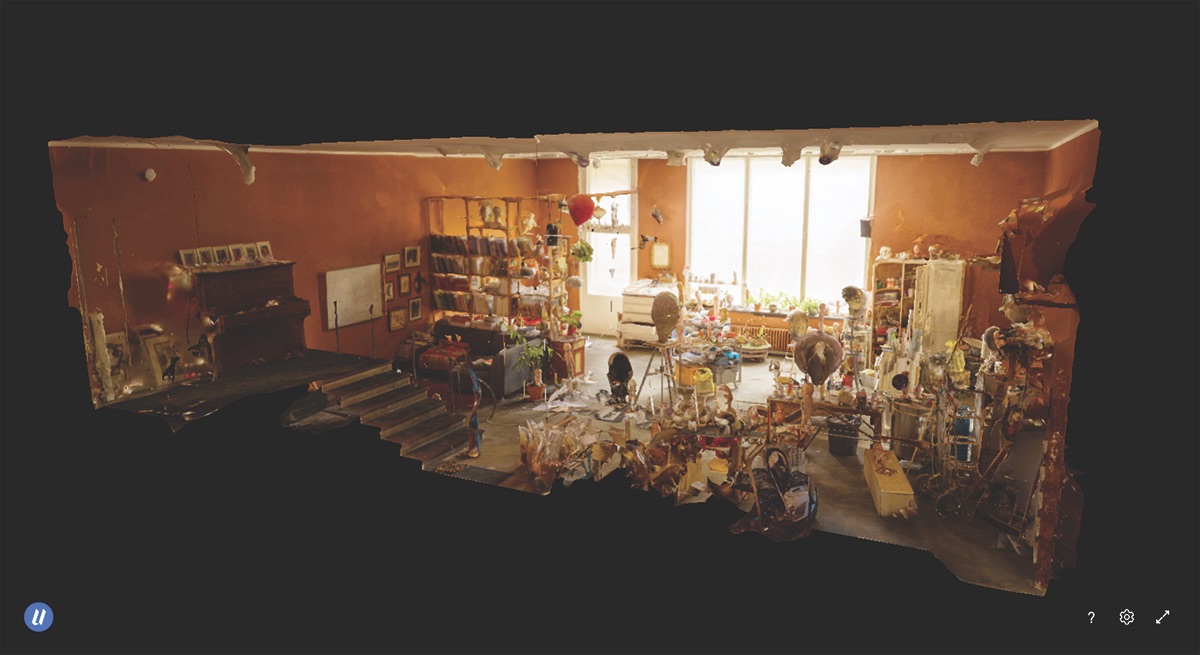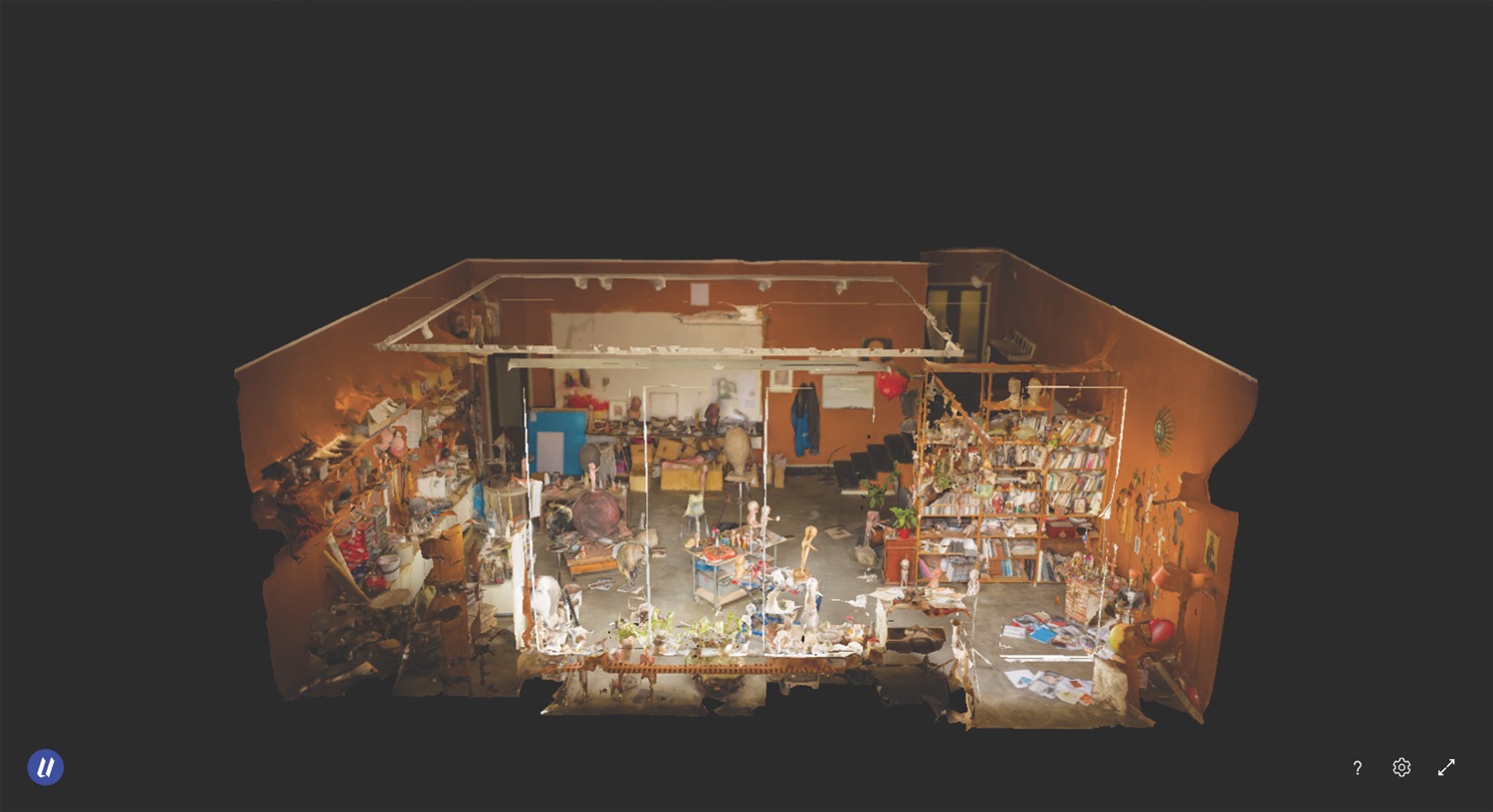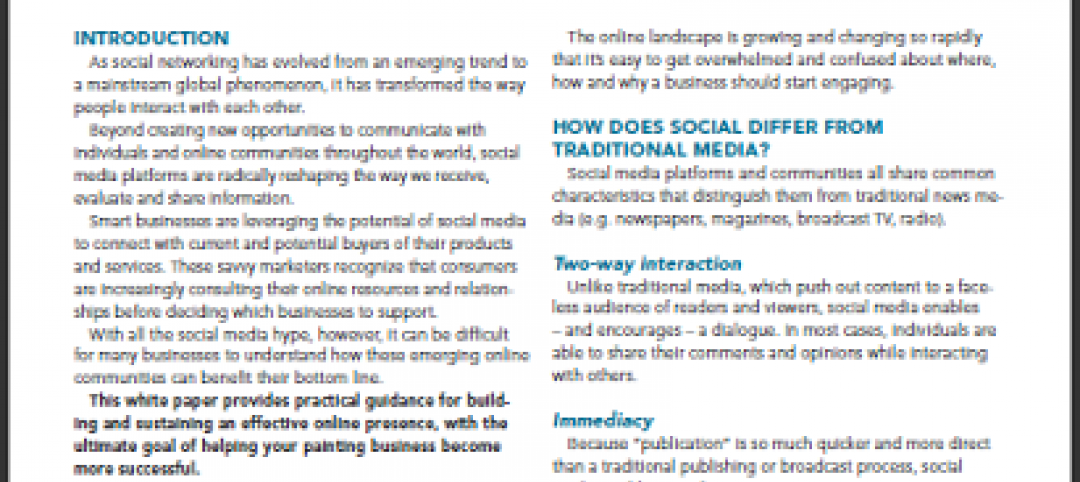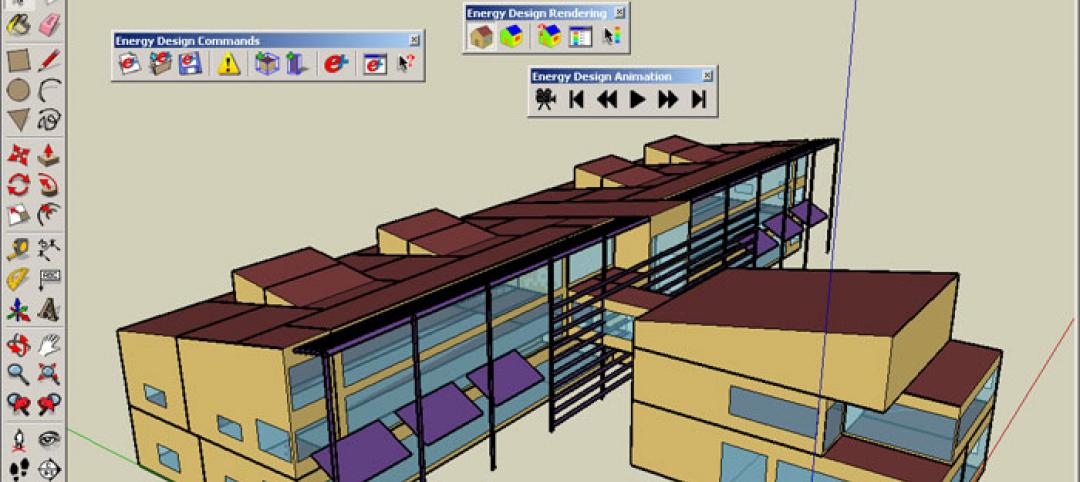Extended reality (XR) is in a unique phase of its life cycle. The technology is readily available for anyone and everyone who thinks they can do something with it. And for better or worse, it is anyone and everyone who thinks they can do something with it.
New applications for AR and VR are more ubiquitous than superhero movies. Unfortunately, they are just as vapid. The trick with XR is to shift it from novelty to necessity, and the AEC industry has proven to be the one that offers the best opportunity to do exactly that.
The AEC industry has already done a good job at helping XR claw its way out of the novelty category. Recent developments like Umbra’s new BIM-to-AR technology are a big reason why. This innovation uses Umbra’s cloud-based technology—adapted from the company’s tools for the photorealistic video game industry—to take 3D data of any size and optimize it so that it can be delivered and rendered on mobile devices.
The technology, called Umbra Composit, can be used with common design tools such as Revit, Navisworks, and ArchiCAD to upload 3D BIM models directly to the company’s cloud platform. From there, Umbra automates the process of optimization and prepares the BIM model to be shared with anyone on XR platforms.
See Also: Virtual Reality: How three firms are using VR technology
“With a single button click, Umbra does all the heavy lifting so designers can share huge, complex models with anyone, anywhere,” says Shawn Adamek, Umbra’s Chief Strategy Officer. “Never before have people had access to view complete, full-resolution BIM models in AR on untethered mobile devices.”
Once the model has been optimized in the cloud, users can log into their Web-based account, where they can view the model in the browser, send it to their mobile device, or share it with others.
A big part of what makes this technology so helpful to end users is the fact that it is compatible with mobile devices like iPads and smartphones. AR-specific devices, such as the Microsoft HoloLens, are still relatively rare among even the largest architecture and construction firms. Expanding the point of entry by making common mobile devices compatible with the technology increases the number of users who can benefit from BIM-to-AR applications, while also advancing the rate at which the technology evolves and improves.
 This 3D scan of artist Tommi Toija’s studio in Helsinki demonstrates the detail and fluidity of extended reality technology from Umbra. The scan was reconstructed from 2,500 photos. Courtesy Varjo echnologies/Umbra.
This 3D scan of artist Tommi Toija’s studio in Helsinki demonstrates the detail and fluidity of extended reality technology from Umbra. The scan was reconstructed from 2,500 photos. Courtesy Varjo echnologies/Umbra.
BIM to AR in the field
Sellen Construction sees the potential BIM to AR provides. The firm’s earliest use cases were small-scale, virtual mock-ups. The first successful pilot came in 2017, when Sellen took a group of ironworkers who were going to install heavy structural steel in a confined elevator shaft to the jobsite and used Microsoft’s HoloLens to project the BIM model into the actual location. It only took 15 minutes before the crew had a safe plan for how to execute the job.
“It was clear construction field teams needed live-scale experiences to communicate the feeling of scale and to be able to use virtual content in real-world situations,” says Salla Palos, Emerging Technology and Innovation Director, Sellen Construction. “BIM-based extended reality technologies minimize the need for re-work because fit, assemblies, scale, and finishes can be verified and communicated between all stakeholders in real-time on the actual jobsite.”
As with any emerging technology, there are aspects that need to be smoothed over before it can begin to accelerate at an exponential rate. “AR on site will benefit from more accurate sensors in the hardware of the viewing devices,” says Adamek. “These are improving with each new product version, but can still have a tough time tracking a user’s exact position as they move around within a virtual model.”
If a user is moving around, especially throughout a larger model, they may experience “model drift,” meaning the AR model will not overlay as precisely onto the real world as it should. More accurate sensors will allow the AR device to rectify this on the fly, stay properly overlaid, and provide a better and more accurate overall experience.
Another hurdle BIM to AR faces is not so much about the technology itself, but the users. The AEC industry typically lags behind other industries in adopting the most recent technology. Smaller firms often do not have the means or the desire to upset the status quo. But in order for this technology to advance, AEC firms need to push all their chips to the center of the table. Fortunately, Palos sees a simple solution to this problem.
“The best tip to integrate BIM to AR into a project as seamlessly as possible is to let people use the tools themselves and become inspired by how easy it is,” says Palos.
 Courtesy Varjo echnologies/Umbra.
Courtesy Varjo echnologies/Umbra.
The true potential of BIM to AR
“The vision of the AR cloud will come to fruition in the next five to seven years,” says Adamek. “A virtual copy of everything on earth, including buildings, will be scanned and converted into 3D. All of this 3D will make up an entire, new virtual world that will be available for billions of users to step into via their persistent mobile connections.”
Adamek adds: This would give the AEC industry a digital AR view of the world and all of its 3D data in the future. It would allow BIM to manifest itself in the format of a database and provide the end user access to the latest information so they can comprehend and perform their jobs safely and efficiently.
Related Stories
| Feb 24, 2014
White Paper: Using social media to build your business
This white paper from Benjamin Moore provides practical guidance for building and sustaining an effective online presence, with the ultimate goal of helping your painting business become more successful.
Sponsored | | Feb 20, 2014
Chicago’s historic Wrigley Building renovated to attract tech companies
Purchased in 2011 by a consortium of investors led by BDT Capital Partners, the building’s new owners have recently renovated and reimagined the next life for this architectural landmark—as a hub for tech firms.
| Feb 19, 2014
Sefaira Adds Daylighting Analysis to Performance Based Design Platform
Sefaira, the leader in software for high performance building design, today announced that its performance based design platform now includes daylighting analysis. With the addition of daylighting, Sefaira combines two critical design metrics in the same tool.
| Feb 19, 2014
Harvard's 'termite robots' can build any thing, any way [video]
The robots build by observing thier environment and then obeying a set of traffic rules programmed by researchers.
| Feb 14, 2014
The Technology Report 2014: Top tech tools and trends for AEC professionals
In this special five-part report, Building Design+Construction explores how Building Teams throughout the world are utilizing advanced robotics, 3D printers, drones, data-driven design, and breakthroughs in building information modeling to gain efficiencies and create better buildings.
| Feb 14, 2014
Crowdsourced Placemaking: How people will help shape architecture
The rise of mobile devices and social media, coupled with the use of advanced survey tools and interactive mapping apps, has created a powerful conduit through which Building Teams can capture real-time data on the public. For the first time, the masses can have a real say in how the built environment around them is formed—that is, if Building Teams are willing to listen.
| Feb 11, 2014
Adobe Photoshop update features new 3D printing capabilities
Available as part of an update to Photoshop Creative Cloud, the tool enables users to easily and reliably build, refine, preview, prepare, and print 3D designs.
| Feb 7, 2014
DOE, Autodesk team to overhaul the EnergyPlus simulation program
The update will allow a larger ecosystem of developers to contribute updates to the code in order to improve performance and decrease the time required to run energy model simulations.
| Feb 6, 2014
Bluebeam Software Invests in the Advancement of Design and Construction Education at the Associated Schools of Construction 27th Annual Student Competition
This week, Bluebeam® Software, leading developer of PDF-based markup, measurement and collaboration solutions for design, construction and other technical professionals, is exhibiting at the 27th Annual Associated Schools of Construction (ASC) Student Competition and Construction Management Conference in Sparks, NV.
| Feb 5, 2014
PPG creates new BIM library, adds custom BIM file creation to tool
PPG Industries announced that it has created a new library of building information and modeling (BIM) files, and that architects and specifiers can now use PPG Glass eVIEW to generate custom BIM files for any conceivable PPG glass configuration.














